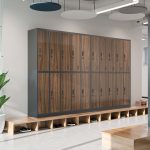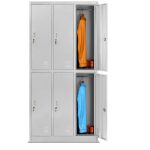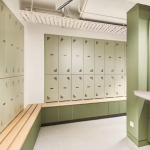In today’s dynamic work environments, employee lockers have evolved from simple storage units to strategic tools that enhance productivity, security, and employee satisfaction. Whether you manage a corporate office, a healthcare facility, or a gym, understanding the value of modern locker systems can transform your workplace.
Why Employee Lockers Matter?
Cluttered workspaces cost businesses more than just aesthetics. According to a Harvard Business Review study, 67% of employees report frustration due to disorganized storage, leading to decreased productivity and higher turnover. From gym bags piled under desks to misplaced personal items in shared cabinets, inadequate storage solutions impact morale and efficiency. Employee lockers address these challenges by providing secure, personalized spaces that streamline operations and foster a professional environment.
7 Key Benefits of Employee Lockers
1. Enhanced Security & Privacy
Modern lockers feature advanced security options such as RFID locks, biometric access, and customizable PIN codes. These technologies protect personal belongings, reduce theft risks, and ensure compliance with privacy regulations—especially critical in industries like healthcare and finance.
2. Space Optimization
Vertical locker designs maximize floor space, making them ideal for small offices or crowded facilities. Customizable compartments allow employees to store everything from laptops to uniforms, eliminating clutter and freeing up workspace.
3. Improved Employee Satisfaction
A well-organized storage system signals that employers value their staff’s comfort. Companies providing lockers report up to 22% higher employee retention, as workers appreciate the convenience of dedicated storage for personal items.
4. Strengthened Brand Image
Customizable lockers with company logos or color schemes reinforce brand identity. Sleek, modern designs in materials like powder-coated steel or sustainable bamboo can elevate the ambiance of lobbies or break rooms.
5. Health & Safety Compliance
OSHA-compliant lockers with anti-bacterial coatings, ventilation systems, and fire-resistant materials help maintain hygiene and safety standards. In healthcare settings, lockers with separate compartments for clean and contaminated gear reduce cross-infection risks.
6. Cost Efficiency
Investing in durable lockers offers long-term savings compared to recurring expenses for temporary storage solutions. Modular designs also allow easy reconfiguration as your team grows.
7. Sustainability
Eco-conscious options, such as lockers made from recycled materials or energy-efficient smart lockers, align with corporate sustainability goals and appeal to environmentally aware employees.
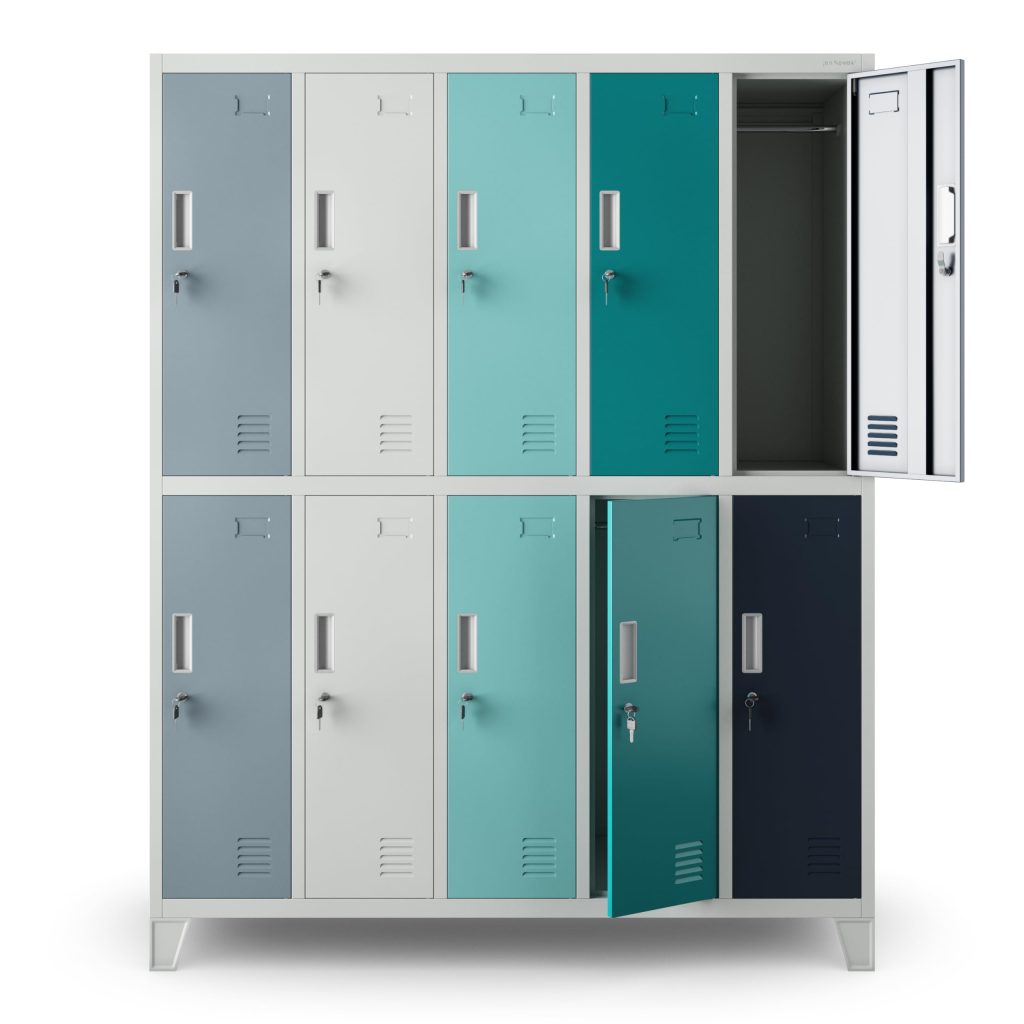
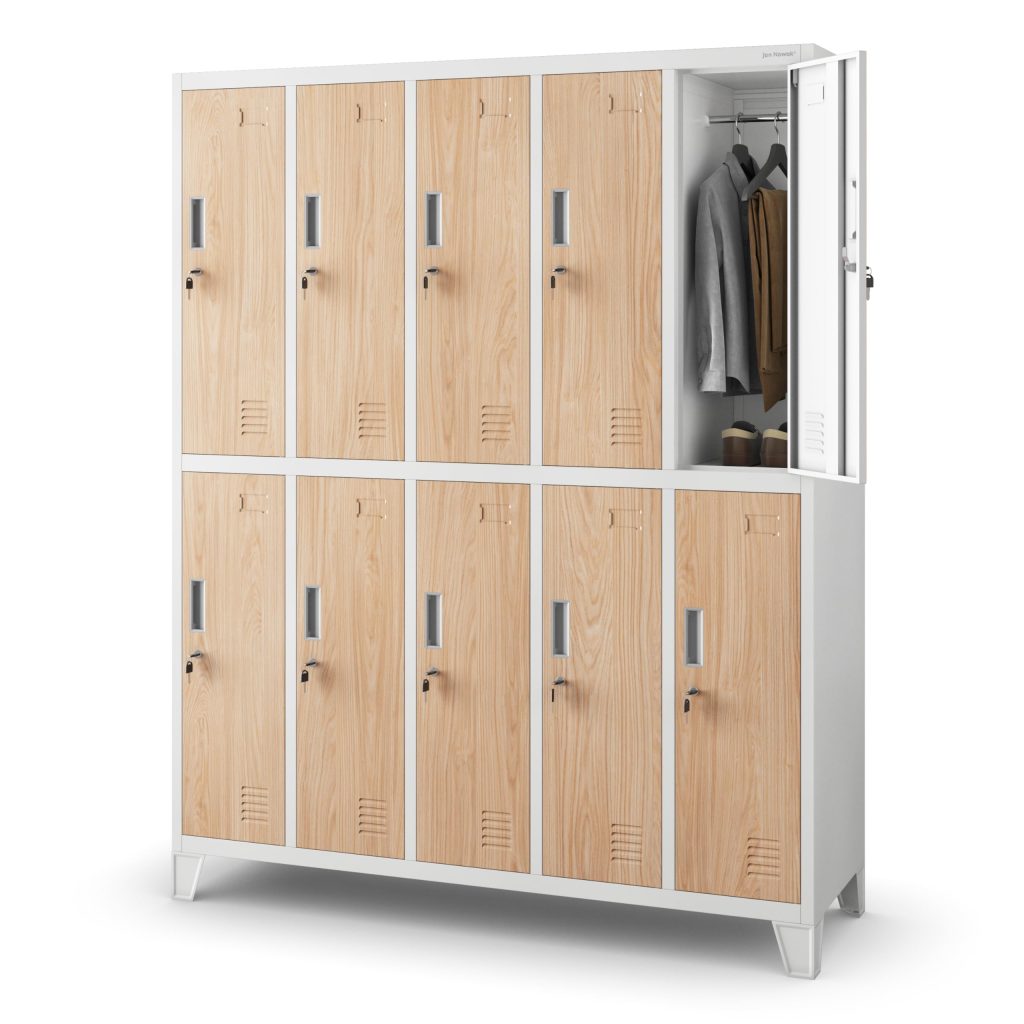
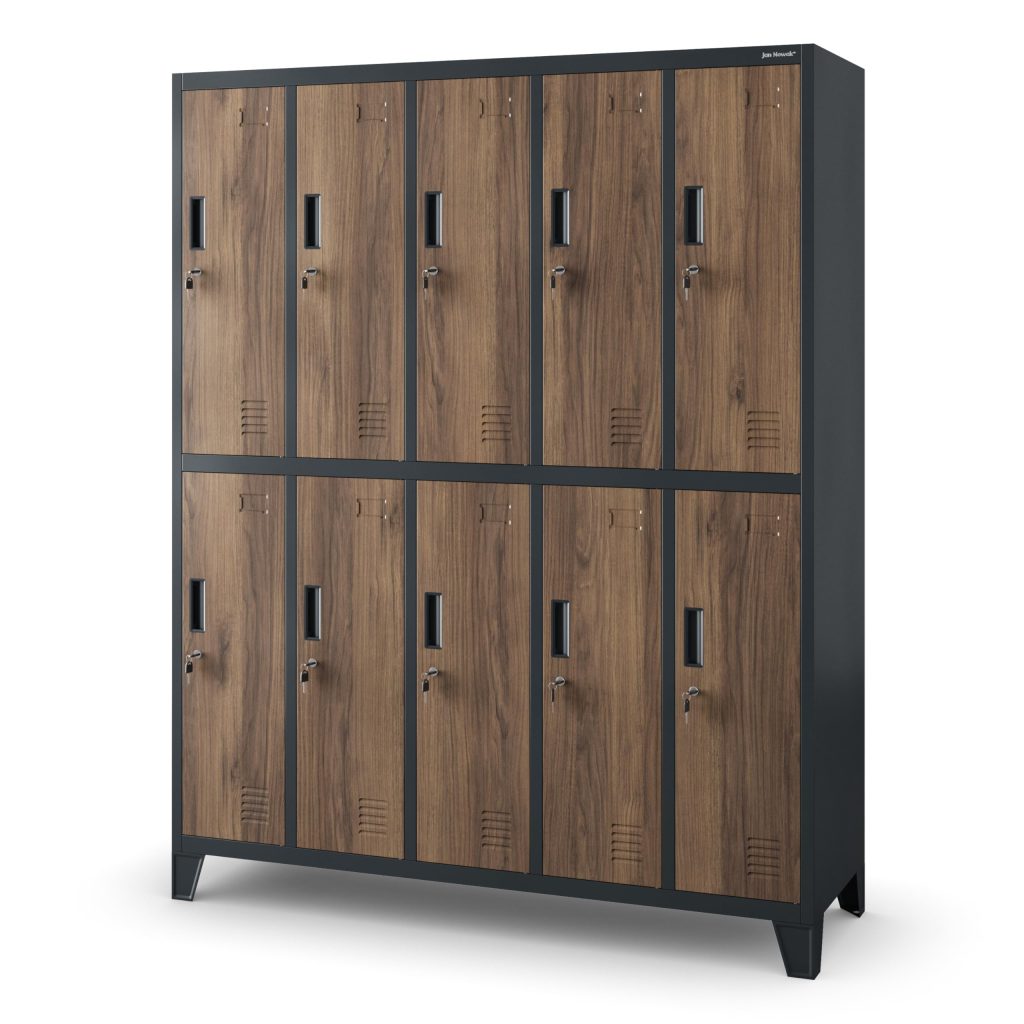
How to Choose the Right Employee Lockers?
Step 1: Assess Your Needs
Industry-Specific Requirements:
Healthcare: Opt for lockers with disinfectant-friendly surfaces and ventilation.
Gyms: Choose moisture-resistant materials and dual-access systems for staff and members.
Offices: Prioritize sleek designs with charging ports and laptop compartments.
Step 2: Compare Locker Types
Material:
Steel: Durable and budget-friendly for high-traffic areas.
Wood: Aesthetic appeal for executive suites or hospitality settings.
Plastic: Lightweight and corrosion-resistant for outdoor or humid environments.
Smart Lockers: IoT-enabled systems with app integration for touchless access and usage analytics.
Step 3: Budget Considerations
Factor in hidden costs like installation, maintenance, and warranties. For example, smart lockers may have higher upfront costs but lower long-term expenses through predictive maintenance alerts.
Step 4: Brands to Consider
Dongzhixin: Renowned for customizable steel lockers, budget-friendly steel lockers with modular designs.
Industry Applications
Tech Startups
Integrate smart lockers with employee apps for seamless access control. Use locker usage data to optimize space allocation during office expansions.
Healthcare Facilities
Provide lockers with separate compartments for scrubs, personal devices, and PPE. Antimicrobial coatings and UV-C sanitization features add an extra layer of protection.
Fitness Centers
Install dual-purpose lockers for staff uniforms and member belongings. Add features like shoe dryers or phone charging stations to enhance user experience.
Maintenance & Upgrades
5 Signs Your Lockers Need Replacement
Rust or corrosion compromising structural integrity.
Frequent lock malfunctions or security breaches.
Insufficient capacity leading to overcrowding.
Non-compliance with updated safety regulations.
Employee complaints about usability or aesthetics.
Maintenance Tips
Clean metal lockers with mild detergent to prevent rust.
Lubricate locks quarterly and replace damaged keys promptly.
Use silica gel packs in humid environments to prevent moisture damage.
Smart Upgrades
Retrofit traditional lockers with digital locks or sensor-based occupancy monitoring. For high-security areas, consider facial recognition systems.
FAQs
Q: Are employee lockers tax-deductible?
A: Yes, lockers qualify as a business expense under OSHA workplace safety guidelines. Consult your accountant for specific deductions.
Q: How many lockers do I need per employee?
A: Allocate one locker per employee in shift-based workplaces. For hot-desking offices, a 70% locker-to-employee ratio is typically sufficient.
Conclusion
Employee lockers are no longer a mundane office fixture but a strategic investment in productivity, security, and workplace culture. By selecting the right design and maintaining it effectively, businesses can create organized, compliant, and employee-friendly environments.


